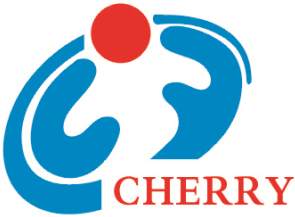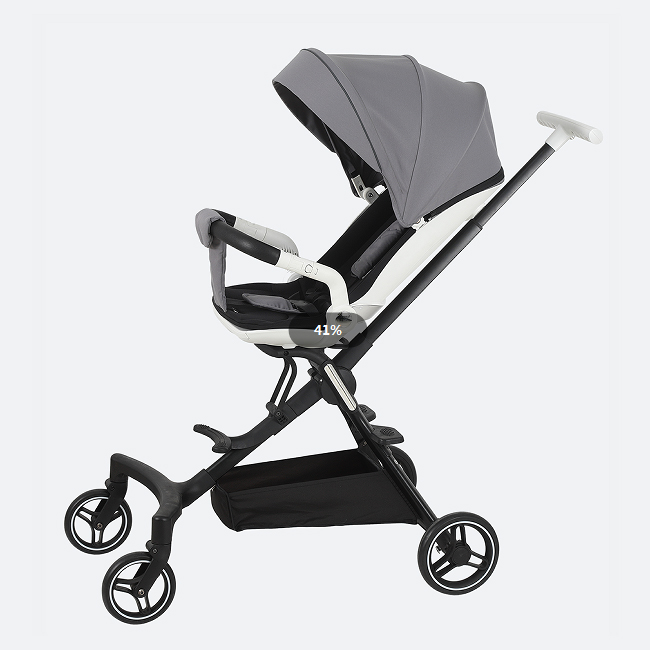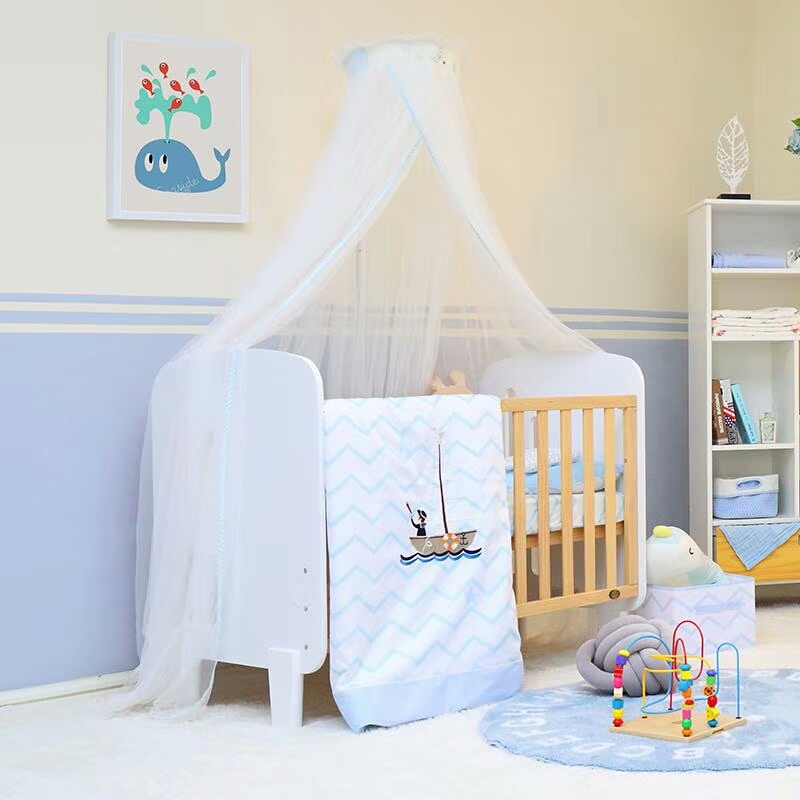As a new parent, few things are more terrifying than the first time you drive home from the hospital with your tiny, precious baby in the back seat. Your heart is in your throat with every turn, every stop. You’ve read the manuals, you’ve watched the videos, but a nagging question remains: Is my car seat truly safe for my infant? This isn't just about following the law; it's about the overwhelming responsibility of protecting a life that depends entirely on you. At Zhongshan Cherry Daily Products Co., Ltd, we understand this profound responsibility. For years, we've been in the business of crafting peace of mind, designing and manufacturing infant car seats that don't just meet standards, but aim to exceed them, because "good enough" is never enough when it comes to your child.
This comprehensive guide will walk you through everything you need to know to confidently answer that critical question. We'll demystify the jargon, explain the safety principles, and give you a clear, actionable checklist to ensure your infant is as safe as possible on every journey, no matter how short.
Understanding the Basics: Why Infant-Only Car Seats are Crucial
First, let's clarify the type of seat we're discussing. An infant car seat is a rear-facing seat specifically designed for newborns and small babies. It’s typically part of a travel system with a handle for carrying and a base that stays installed in the car.
Why Rear-Facing is Non-Negotiable:
An infant’s body is disproportionately fragile. Their heads are large and heavy relative to their bodies, and their necks are supported by underdeveloped muscles and ligaments. In a frontal crash—the most common and severe type of collision—a rear-facing seat cradles the baby’s head, neck, and spine, distributing the crash forces across the entire shell of the seat. This dramatically reduces the risk of catastrophic spinal cord injuries. The American Academy of Pediatrics (AAP) recommends that all children ride in a rear-facing seat for as long as possible, until they reach the maximum height or weight limit allowed by the seat's manufacturer. This is a principle we at Zhongshan Cherry embed into every design; our seats are engineered to accommodate infants in the safer rear-facing position for extended periods.
The 5-Point Safety Checklist: Is YOUR Car Seat Installed Correctly?
Studies show that a staggering number of car seats are installed or used incorrectly. Go through this checklist meticulously.
1. The Right Seat, Right Size.
Before you even think about installation, ensure the seat is appropriate for your infant. Check the label for the height and weight limits. Your baby should fit within these limits. A seat that is too big or too small can compromise safety.
2. The Inch Test.
Once the seat is installed using either the vehicle's seat belt or the LATCH (Lower Anchors and Tethers for Children) system, grab the seat at the belt path (where the seat belt or LATCH strap goes through the car seat) and tug firmly. The car seat should not move more than one inch side-to-side or front-to-back. If it shifts more than that, it's too loose. This is the most critical test for installation security.
3. The Harness Hug.
The harness straps are your baby's primary restraint. They should come through the slot at or just below your infant's shoulders when rear-facing. The chest clip must be positioned at armpit level, and the straps should be snug against the baby's body. Perform the "pinch test": if you can pinch a horizontal fold of the harness strap at the child's collarbone, it's too loose. The straps should lie flat without any twists.
4. The Right Recline.
Infants lack the muscle control to keep their airways open. To prevent their heads from flopping forward and restricting breathing, most infant seats require a specific recline angle, usually between 30 and 45 degrees. Many seats have built-in angle indicators or adjusters to help you get this right. Check your manual!
5. Nothing Extra.
Aftermarket products like head positioners, strap covers, or bunting bags that didn't come with the car seat can interfere with the harness's performance in a crash. Dress your baby in thin, close-fitting layers and use only the accessories approved by the car seat manufacturer. A good rule of thumb: if it didn't come in the box with the seat, don't add it.
Beyond the Basics: The Zhongshan Cherry Difference in Safety Engineering
When you choose a car seat from Zhongshan Cherry Daily Products Co., Ltd, you are selecting a product born from a culture of meticulous safety engineering. Our philosophy is that safety is a multi-layered system, not a single feature.
Advanced Side-Impact Protection (SIP): While frontal crashes are severe, side-impact collisions are particularly dangerous due to the proximity of the impact to the child. Our seats feature reinforced, energy-absorbing foam liners and deep, protective wings that create a defensive cocoon around your infant. This system is designed to manage and dissipate crash forces away from your baby's head and body.
5-Point Harness with Cushioned Comfort: Our 5-point harness systems are rigorously tested for strength and durability. The buckles are easy for parents to operate but impossible for little hands to open. We also include padded, non-twist harness covers to ensure your baby’s comfort without compromising on safety.
Robust, Lightweight Shell: The shell is the car seat's skeleton. We use high-quality, impact-resistant plastics that are both lightweight for easy carrying and incredibly strong. The one-piece, molded construction ensures there are no weak points that could fail under stress.
Certifications You Can Trust: Every car seat that leaves our facility complies with or exceeds rigorous international safety standards, such as the European ECE R44/04 or the newer, more stringent R129 (i-Size) regulations. This independent verification is your assurance that the product has been tested under the most demanding conditions.
Common Mistakes and How to Avoid Them
Even the most well-intentioned parents can make errors. Let's address the most common ones:
Bulky Winter Coats: A puffy coat creates dangerous space between the harness and your baby's body. In a crash, the coat compresses, and the child can be thrown forward. Instead, buckle your baby in without the coat and place the coat or a blanket over the harness once they are securely fastened.
Loose Harness: Revisit the "pinch test" frequently. As your baby grows, you may need to adjust the harness tightness. A snug harness is a safe harness.
Incorrect Chest Clip Placement: The chest clip is not a decorative item. Its job is to keep the harness straps positioned correctly on the shoulders. If it's on the abdomen, it can cause internal injuries in a crash. If it's on the neck, it's a choking hazard. Armpit level is the only correct position.
Moving to Forward-Facing Too Soon: This is one of the biggest safety mistakes. The longer your child can remain rear-facing, the better. Resist the urge to turn them around just because their legs are bent. It is far safer for a child to have bent legs than to risk a neck injury.
A Commitment That Goes Beyond the Product
At Zhongshan Cherry Daily Products Co., Ltd, our expertise isn't confined to the factory floor. We believe our authority in the children's products space comes from a genuine desire to educate and empower parents. Our commitment to your infant's safety extends to providing clear, accessible resources. We maintain detailed online guides, video tutorials on proper installation, and a responsive customer service team ready to answer your specific questions. We build trust by being transparent about our processes, our materials, and our safety goals.
Your journey as a parent is filled with joys and worries. The question, "Is my car seat safe for my infant?" should have a clear, confident answer. By choosing a thoughtfully designed and rigorously tested seat from a company that prioritizes safety above all else, and by taking the time to install and use it correctly every single time, you are doing one of the most important jobs a parent has. You are creating a safe haven for your child on the road, turning a source of anxiety into a symbol of your love and protection. Drive safely.






